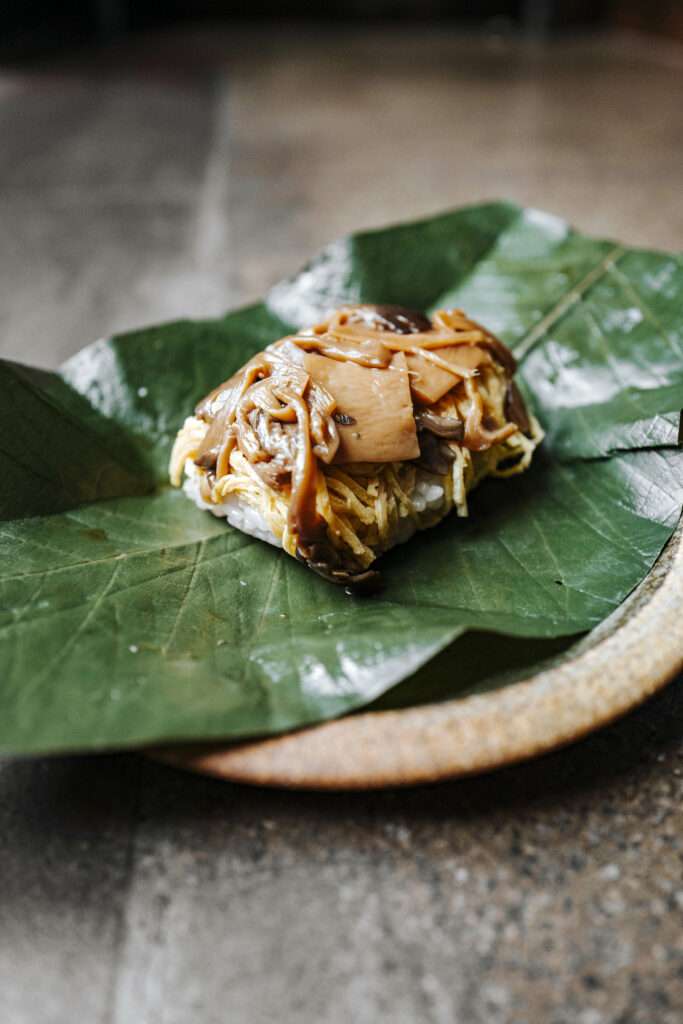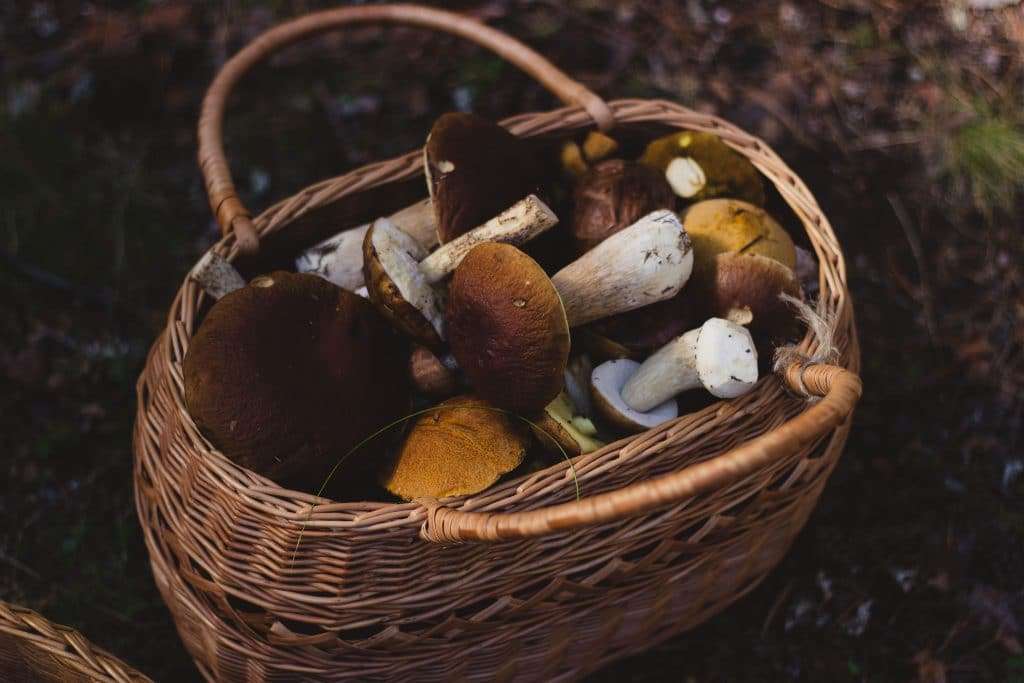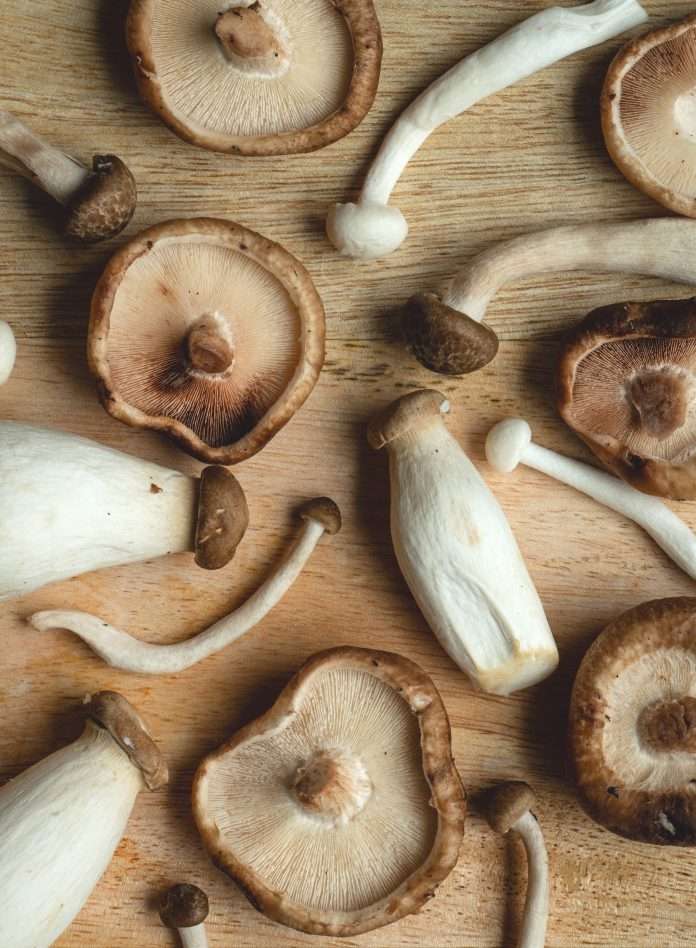Hokto Kinoko prioritizes innovation and sustainability to produce its organic mushrooms.
From the glowing forests of luminous Mycena lux-coeli on the island of Shikoku to the wild, “hen-of-the-wood” maitake, Japan is home to more than 5,000 varieties of mushrooms — about 100 of which are edible.
Called “kinoko” in Japanese, mushrooms are considered an autumnal delicacy and are often used in dishes like tempura, nabe (hot pot), and soups, among others.

Without a doubt, the Asian country’s love for mushrooms runs deeper than the Japan Trench. But in a place where fungi producers are plentiful, Japan’s leading mushroom cultivator, Hokto Kinoko, is prioritizing innovation and sustainability to make its delicious, organic mushroom varieties available to all parts of the world.
The making of Hokto Kinoko
From its chewy maitake to its best-selling eryngii, Hokto Kinoko (spelled Hokuto in Japan) is sure to be a palate pleaser for any mushroom lover.
The corporation was founded in 1964 in Nagano, Japan — a mountain town known for the longevity of its people (including centenarians, or those who reach the age of 100), which is credited to diets high in vegetables, fruits, and other whole food ingredients.
Originally a dealer of food packaging materials, ingenuity, and innovation were characteristics that the company embodied from the very beginning. The same year the company was born, it developed crack-resistant mushroom cultivation bottles following the devastating Niigata earthquake.
But the company soon set its sights on developing, cultivating, and delivering more delicious and healthy mushrooms to its consumers, starting with its very own fungi factory.
Developing good food for good health
In 1983, Hokto established the Mushroom Research Institute, making it the only mushroom producer in Japan to conduct everything in-house, from mushroom research to cultivation and brand development.
“For example, white enoki is now considered a more common mushroom variety,” Akira Konota, the company’s U.S. president, told Ethos. “But it was Hokuto who developed the white enoki for the first time in the world.” Through crossbreeding, Hokto was also able to improve the flavor profile of beech mushrooms, which originally carried a strong, bitter taste.
Hokto fully embraced the Japanese philosophy of “ishokudogen,” which means that “good food leads to good health,” says Konota. Rich in vitamins and nutrients like dietary fiber, vitamin B, vitamin D, and amino acids, mushrooms are inherently a healthy food choice.
“With the abundance of “umami” and complexity of texture, mushrooms offer what many consider an unmatched deliciousness,” says Konota. Mushrooms are also extremely versatile in the kitchen. “They’re complimentary across all cuisines and easily adapt to the flavors, spices, and layers of ingredients. The chewiness and flavor are also one of the reasons why they are loved by many chefs and consumers.”
Cultivating the perfect mushroom, sustainably
Now, with nearly 30 fungi factories around the world, Hokto doesn’t just prioritize the health of people but that of the planet too.
Opened in 2009, its San Marcos, California-based vertical garden mushroom facility produces about six million pounds of mushrooms each year. The factory opts for recycled packaging, uses solar panels for a renewable source of energy, and grows mushrooms in reusable plastic jars, which have been in circulation for more than 20 years. The plant also either composts leftover mushrooms or donates them to local food pantries.
Ensuring that nothing is wasted is a priority for Hokto. With sustainability at its core, the company was founded on the concept of “mottainai,” a Japanese term that’s used to express regret when something valuable goes to waste.

While standard mushroom-growing techniques heavily rely upon soil, manure, and chemicals, Hokto uses a medium of corn cob pellets, sawdust, and vegetable protein, among other nutrients, to cultivate its fungi.
The mushroom giant combats waste in other ways. Its fungi factories work with local communities around the world to incorporate waste compost and mushroom scraps into fertilizer.
“All of this is done in the Japanese spirit of respecting the gifts of nature, efficiently using resources through recycling, repurposing, and reusing to let very little go to waste,” explains Konota. “We understand that food is not the only important thing in promoting consumer health. Without healthy communities, without a healthy planet, consumers will never be healthy. For Hokuto, sustainability is essential to delivering health to consumers.”
The magic of sustainable mushrooms
Mushrooms are already one of the most sustainable foods on the planet. And their versatility is now being showcased in a variety of other sectors, from vegan leather in the world of fashion to biodegradable packaging and even ethanol fuel.
In the kitchen, Konota recommends sautéing Hokto mushrooms in vegan butter with a simple seasoning of salt and pepper. “It is with this simple and effortless approach that one can directly taste the deliciousness and chewiness of our mushrooms,” Konota adds.
Looking for tasty recipes to feature Hokto’s delectable mushrooms in? Try making a stuffed mushroom boat with rosemary-lentil crumble and balsamic-apple glaze. Or, make it a pasta night by whipping up chickpea noodles with a meaty vegan mushroom sauce.
Related on Ethos:


